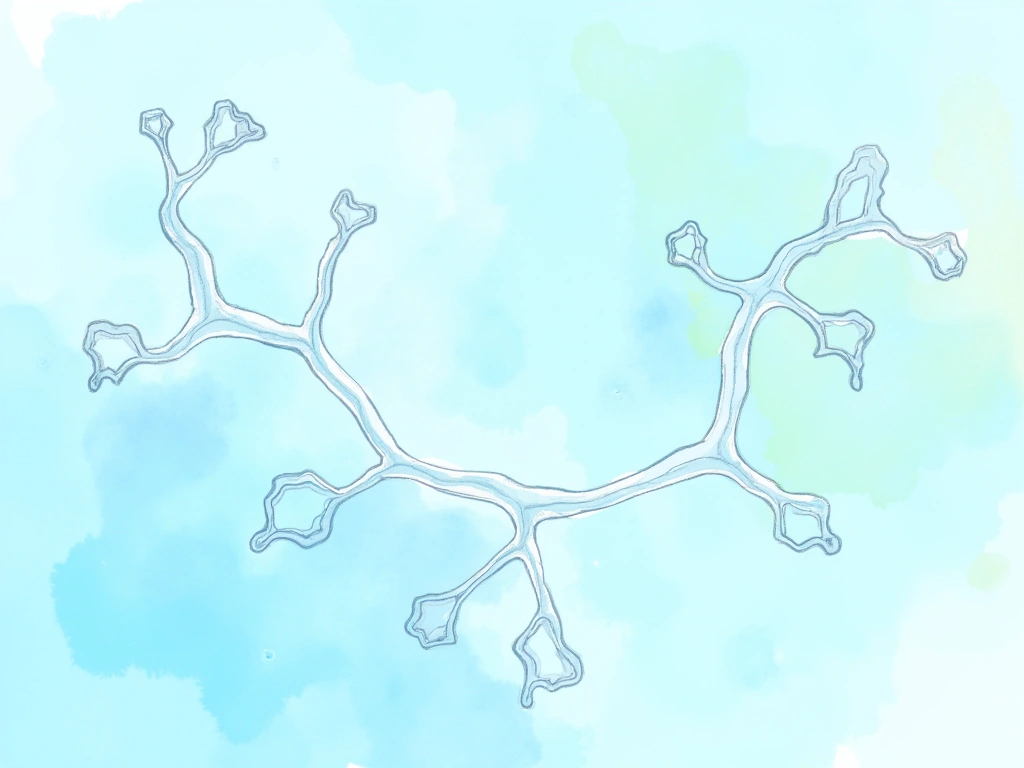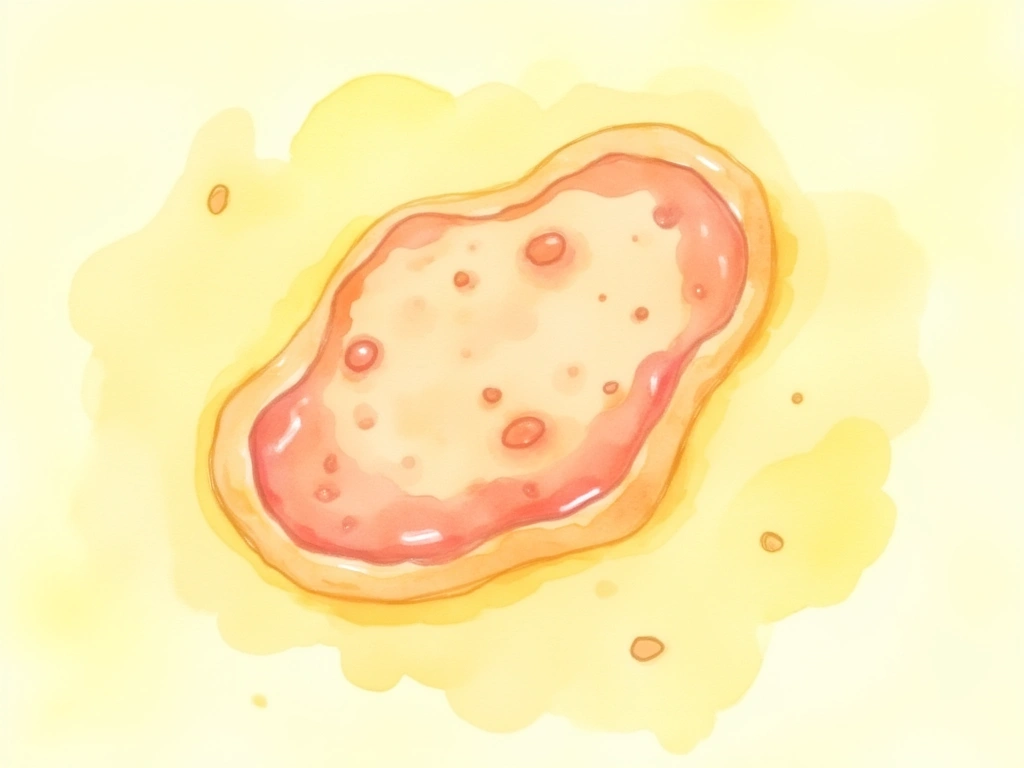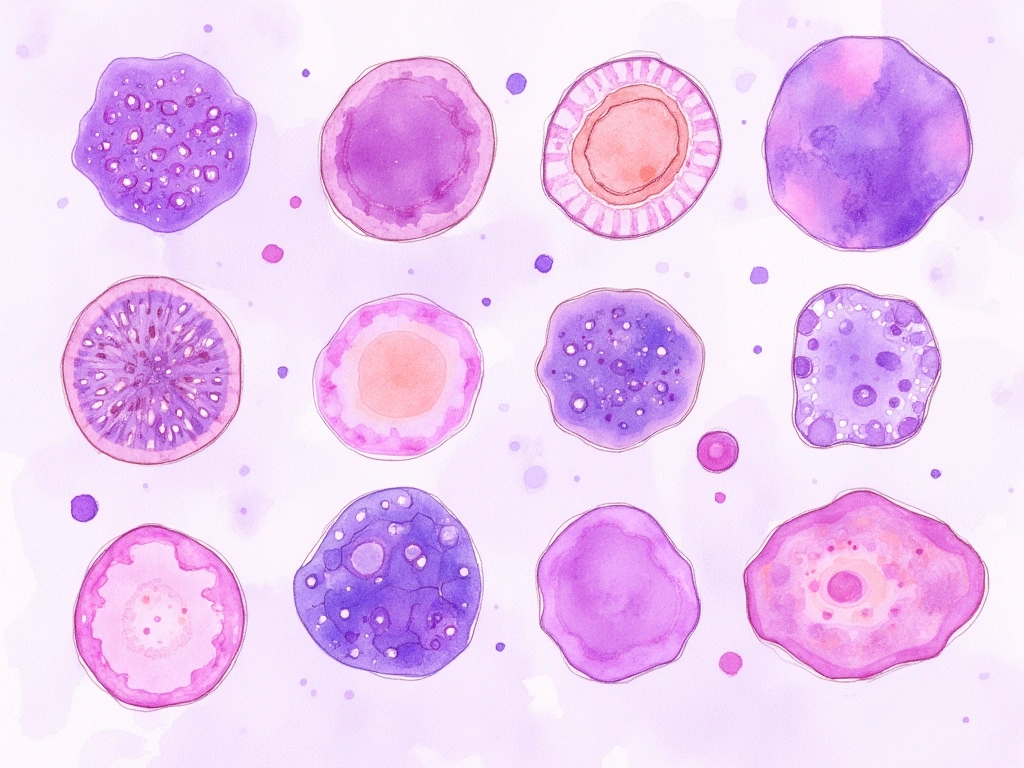- Candida is a common yeast, but is it linked to seborrheic dermatitis?
- Some online sources claim Candida is a key cause, but is this accurate?
- Medical research offers some clues, but the picture is complex.
- Could an underlying immune issue connect both conditions?
- Avoid self-diagnosis and unproven Candida treatments.
- Get the facts and make informed decisions about your skin health.
Candida and its possible connection to seborrheic dermatitis is a hot topic online. But before jumping to conclusions, it’s important to look at the evidence and understand the real story. Let’s explore the facts, controversies, and research surrounding this potential link.

What is Candida? Understanding the Basics
Candida is a type of yeast, a fungus that’s incredibly common worldwide. While often harmless, Candida can become a problem, especially for people with weakened immune systems. The increased use of antibiotics may also contribute to its growth, as some sources suggest.
Candida’s ability to thrive in diverse environments is what makes it potentially infectious [1]. Unlike some microbes that are limited to specific body areas, Candida is adaptable. It can live in the gut, on the skin, in the genital area, and various other parts of the body [2].
Here are some common types of Candida infections and where they occur:
- Mouth: Thrush (oral candidiasis)
- Genitals: Penile or vaginal yeast infections (genital candidiasis)
- Skin: Cutaneous candidiasis
- Internal Organs, Eyes, Brain, Bones: Invasive candidiasis
- Nails: Onychomycosis (nail fungus)
Just like Malassezia yeast, which is known to be involved in seborrheic dermatitis, Candida has many subspecies. Over 20 Candida species can potentially infect humans. Candida albicans is the most well-known, but others are also important.
The role of less common Candida species becomes particularly evident in people treated with antifungal medications. In these cases, species like Candida parapsilosis [3] or Candida krusei [4] can become more problematic [5]. This may happen because antifungals eliminate competing, less aggressive fungi, allowing more resistant species to flourish.

Seborrheic Dermatitis and Candida: Examining the Evidence
Some online sources strongly suggest that Candida is the primary culprit behind seborrheic dermatitis. But is there solid evidence to support this claim? Has research truly overlooked such a significant connection for so long?
Let’s look at what medical research reveals.
A study from Germany in 1989 [] investigated Candida in the intestines of people with seborrheic dermatitis or psoriasis. It found that Candida from these individuals showed significantly higher phospholipase activity compared to a standard lab strain of Candida, which already has relatively high phospholipase activity. Additionally, the stool samples of these individuals contained a large amount of Candida yeast.
Beyond this older study, there isn’t much further direct research specifically exploring this link. One other observation that might suggest a connection is the increased occurrence of both candidiasis and seborrheic dermatitis in individuals with HIV.
Reconsidering the Candida-Seborrheic Dermatitis Link: Another Perspective
While the single study above hints at a possible link, it’s far from conclusive proof that Candida causes seborrheic dermatitis. It’s easy to jump to conclusions, but we need to consider all that’s known about seborrheic dermatitis. This includes its established connection to Malassezia fungus, immune system involvement, and increased lipid oxidation.
An alternative way to interpret the potential connection is to consider that both increased Candida presence and seborrheic dermatitis could be separate results of a deeper, underlying issue: an altered or weakened immune system. This fundamental immune dysregulation could make individuals more susceptible to various fungal colonizations, including both Malassezia and Candida.
From this viewpoint, seborrheic dermatitis isn’t caused by Candida infection. Instead, both conditions might arise independently due to a shared root cause – whatever factor is compromising the body’s defenses against fungi.

The Problem of Overblown Candida Diagnoses
Unfortunately, the natural health and wellness industry has heavily promoted Candida, often exaggerating its role in various health problems. Many online publications and alternative health resources blame Candida for a vast range of symptoms, from fatigue to joint pain. This list has become so extensive that almost any ailment can be attributed to Candida overgrowth by someone.
Capitalizing on this trend, numerous self-help resources and online forums have emerged. While some online communities can offer helpful insights, it’s easy to get lost in unverified claims and speculation.
This can lead to anxiety, misinformation, and even self-induced health worries [6]. Excessive concern about Candida can create stress, anxiety, and potentially lead to restrictive diets or unnecessary supplements, possibly causing nutrient deficiencies.
Debunking the Candida Spit Test
One particularly misleading Candida self-test is the “spit test,” widely circulated online. This test has absolutely no scientific basis and was, in fact, created as a marketing strategy by a company called Global Health Trax Inc in the 1990s. Not surprisingly, this company’s main product is ThreeLac, a probiotic supplement marketed for digestive health and Candida issues.

A Balanced Approach to Candida Concerns
If you’re concerned about a possible Candida infection (candidiasis), the most sensible step is to seek proper medical testing and diagnosis.
Relying on hunches and starting self-treatment without a confirmed diagnosis could be counterproductive. Using antifungal herbs or medications without knowing the actual cause might disrupt your body’s natural balance and potentially pave the way for more resistant or opportunistic fungi to thrive.
Modern medical testing is quite accurate and far more reliable than online “self-tests.” If you genuinely suspect you have candidiasis, consult a healthcare professional and get your concerns properly evaluated.

Section Summary: Key Points About Candida and Seborrheic Dermatitis
This section has explored Candida, its role as a potential pathogen, and its possible connection to seborrheic dermatitis.
Here are the main takeaways:
- Candida is a common fungus, and its adaptability to different environments contributes to its potential to cause infections.
- While Candida albicans is most commonly discussed, other Candida species can be more significant in certain situations.
- The natural health industry has popularized Candida, but exaggerated claims can lead to misinformation and unnecessary anxiety.
- Older research suggests a possible link between altered gut Candida and seborrheic dermatitis, but more evidence is needed.
- The relationship between Candida and seborrheic dermatitis requires further investigation before definitive conclusions can be drawn.
- If you suspect a Candida issue, consult your doctor for proper diagnosis and avoid self-treatment based on unverified information.
“`

No Comments
Be the first to start a conversation